 Why Pray?
Why Pray?
Who’s Listening?
Well, yourself for one! And, frankly, that alone can make a big difference. Occasional times of prayer can do a lot for our peace of mind.
Simply finding the words to voice our situation and desires in our head can help settle our thinking. It can help us work things through, and arrive at decisions. And it can help reduce anxiety and depression. And, even if we are the only one listening, talking to ourselves often helps.
But the fact is, we may not be the only one listening. Prayer changes things, not just in us, but also in those around us. Maybe not massively, but often just enough. Just enough to take another step forward, to see an alternative, to make a connection.
How this happens maybe not as important as that it happens. On one hand, it could simply be that a change in us influences a change in others, or that a change in us provides fresh perspectives or reserves.
On the other hand, there could be connections and influences at work that science has not yet discovered. Even the influence of (as I believe) God. But, whatever your reasoning, whoever you think is or is not listening, it doesn’t really matter. People from a wide range of perspectives who use prayer find that it helps. And at this time of increasing uncertainty, complexity and stress in our lives, we could really use that help.
So, if you are not used to prayer, how might you try it out? Or if your experience of prayer has been restricted to an unfulfilling ‘eyes closed – hands together – recite a list’, what could you do differently?
Here we run through the what, why, where, when, how and who of open prayer …
What is prayer …
Prayer is simply a sincere expression of your heart. It is about deliberately taking time out to express and understand your true emotions about yourself and the world around you – good and bad. Using words, sentences, even written patterns (silently or vocally) can help, providing they remain fully connected with your emotions.
Depending on our situation, our emotions may begin with fear, sadness, resentment, even despair. Wherever our emotions begin, that is where our prayers should start. But, it is psychologically important that they end with a request for how you want things to be different. That they include your hope for what might be, and your gratitude for past and current progress; for good things, or for the bad that hasn’t happened.
Why pray …
At the very least, prayer can provide moments of peace, tranquility and reflection, and these are much needed in our typically busy lives. But, more than this, it gives us checkpoints to take back control of our identity – our ‘being’ amidst our ‘doing’ – who we really are and who we want to be.
In this way, it can help us be our best version of ourselves as we deal with what is happening within us and around us. It can help us be a bit clearer on the path to the outcomes we seek, and to be ready with a thought out response to things, rather than react to them in the moment.
Where and when …
Clearly a quiet room somewhere is an obvious option, but it is not the only one. Furthermore, where we situate ourselves mentally can have little to do with where we are physically. Ideally we will find ourselves somewhere we feel at peace, undisturbed, and maybe inspired. If not physically, then maybe in our imaginations as we close our eyes.
As for when, it is whatever time and frequency best suits you. However, if you are able to do it at the start of the day, this can help better set you up for what lays ahead of you. It is also helpful to consider it whenever you feel you need some time and space during the day.
How …
PRAY conveniently forms a four-step acronym which provides a useful aide-memoire which helps us to ensure that our prayer time is productive: Pause; Reflect; Ask; Yield.
– Pause from your current mental and physical activities. Be still, and slow your breathing. Regather your scattered thoughts to: You; your place in the Universe; and, if appropriate, your presence before God.
– Reflect on how you are feeling at the moment throughout your body. ‘Talk’ silently within yourself about them and what is causing them. Be grateful for the good, and clear about the bad
– Ask clearly and specifically for however you want things to turn out for yourself and others. This helps build clarity and resolve within us for our influence on the outcome, and hope for the bigger picture.
– Yield yourself to whatever may emerge from all of this and your part in that. You can only be you. Others will be themselves. Reminding ourselves of this can help us better cope with what emerges.
Who to …
In terms of who we believe is listening to our prayers, who we are speaking to, that largely depends on whether we allow for a spiritual perspective on things. If you don’t, then we hope that the explanations above have been sufficient to convince you that speaking to yourself in prayer still has great value.
If, however, you do, then you probably already have a sense of where your words are going, and what you hope will emerge from them, and this can add an extra dimension to the power of your prayer.
If you are not sure? Well my own belief, based on my own prayers, is that God listens to every prayer, and loves us all equally. So you can always try that. From my own experience, when I did so, in deep respect, I found both a sense of peace and love, and real spoken answers. But it did take time to get there.
For more on mental wellbeing you might find the following useful:

 Purpose centricity reflects business’s response to the search for meaning. This trend can be seen in the growth of businesses which see profit as a means to serve, rather than service as a means to profit. And in the shift toward recruits who seek meaningful roles over highly-remunerated ones. The result of this increased focus on ‘why?’ will lead to new value chains. Consequently creating business opportunities which inspire people within the organisation. Inspiring a sense of pride, loyalty and belonging in those who work for it. The fruit of this growth in meaning will be mental wellbeing. As a result of increased creativity, greater autonomy and efficiency, and closer customer relationships.
Purpose centricity reflects business’s response to the search for meaning. This trend can be seen in the growth of businesses which see profit as a means to serve, rather than service as a means to profit. And in the shift toward recruits who seek meaningful roles over highly-remunerated ones. The result of this increased focus on ‘why?’ will lead to new value chains. Consequently creating business opportunities which inspire people within the organisation. Inspiring a sense of pride, loyalty and belonging in those who work for it. The fruit of this growth in meaning will be mental wellbeing. As a result of increased creativity, greater autonomy and efficiency, and closer customer relationships. Value co-creation reflects the fruit of closer, more empowered customer relationships. The best of which will continue to evolve from the purely contractual and transactional to a shared partnership for customer success. Advances in technology and digitalisation will enable better, more creative, customer engagement. And supplier staff will increasingly become allies in jointly understanding new opportunities for adding value, and in developing solutions that utilise the resources of both parties to best effect. This creates new possibilities for everybody involved.
Value co-creation reflects the fruit of closer, more empowered customer relationships. The best of which will continue to evolve from the purely contractual and transactional to a shared partnership for customer success. Advances in technology and digitalisation will enable better, more creative, customer engagement. And supplier staff will increasingly become allies in jointly understanding new opportunities for adding value, and in developing solutions that utilise the resources of both parties to best effect. This creates new possibilities for everybody involved. Digital Empowerment is a key part of innovation and change. In essence it is about optimising the fast-evolving relationship between human and machine intelligences. Developing each for what they do best. Adapting them to better utilise and empower each other’s potential. For the machine, it is about using AI and code to deliver consistency and routine, and to provide new tools and capabilities to people. For the people, it is about being freed from machine-like drudgery to be creative, build relationships, inspire, dream, care, love, bless. And to stretch and configure the machines in pursuit of this.
Digital Empowerment is a key part of innovation and change. In essence it is about optimising the fast-evolving relationship between human and machine intelligences. Developing each for what they do best. Adapting them to better utilise and empower each other’s potential. For the machine, it is about using AI and code to deliver consistency and routine, and to provide new tools and capabilities to people. For the people, it is about being freed from machine-like drudgery to be creative, build relationships, inspire, dream, care, love, bless. And to stretch and configure the machines in pursuit of this.


 Over the last decade, cultural trends, customer expectations, transformation through Cloud technologies and business imperatives have combined to compel more and more businesses to prioritise customer success.
Over the last decade, cultural trends, customer expectations, transformation through Cloud technologies and business imperatives have combined to compel more and more businesses to prioritise customer success. So, what are the key KPI’s that Software providers are having to focus on:
So, what are the key KPI’s that Software providers are having to focus on: To impact those critical KPI’s, software vendors need a customer success management capability. One that is impacting the success of their customers in using their products. So what does that capability look like?
To impact those critical KPI’s, software vendors need a customer success management capability. One that is impacting the success of their customers in using their products. So what does that capability look like? Investing in having the role of a Customer Success Manager (CSM). Software products are evolving rapidly with new capabilities. The Cloud platform enables delivery of these new features at a much faster rate. Customers need ongoing help to adapt and realize value from these products. Customer value realization is the fundamental reason that keeps customers coming back. The CSM role accelerates the delivery of that value to their customers. The CSM is that deep functional expert with consulting type skills that facilities the customer to success.
Investing in having the role of a Customer Success Manager (CSM). Software products are evolving rapidly with new capabilities. The Cloud platform enables delivery of these new features at a much faster rate. Customers need ongoing help to adapt and realize value from these products. Customer value realization is the fundamental reason that keeps customers coming back. The CSM role accelerates the delivery of that value to their customers. The CSM is that deep functional expert with consulting type skills that facilities the customer to success.
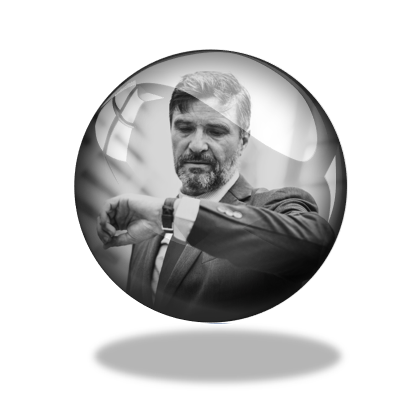
 by
by  But this situation is far from unusual; we might even have been that CEO rushing through the Airport whilst taking important calls. As we try to cope with the increasing levels of change and complexity that attends our roles, we find that so much more is forced into our calendars, and we are getting less and less time to properly understand and think things through.
But this situation is far from unusual; we might even have been that CEO rushing through the Airport whilst taking important calls. As we try to cope with the increasing levels of change and complexity that attends our roles, we find that so much more is forced into our calendars, and we are getting less and less time to properly understand and think things through. What sort of person will be needed to replace you to cope with 2025? And will their qualities be the ones that will be most effective in lifting the organisation to the next level? Or will they simply be the qualities that enable them to barely survive relentless onslaught of calls for their attention?
What sort of person will be needed to replace you to cope with 2025? And will their qualities be the ones that will be most effective in lifting the organisation to the next level? Or will they simply be the qualities that enable them to barely survive relentless onslaught of calls for their attention? First, we need to call it as it is. We need to be honest about what is happening and its potential implications for us, our people, our organisations, and our values. We need to move beyond the ‘macho’ front that exists, and open up about the downsides of all this. Yes, that requires courage, but we needed courage to get where we are. We have courage. And it is now time to turn it to a different track. To step into the adventure of: What happens if we stand up, and say “This has to stop!”
First, we need to call it as it is. We need to be honest about what is happening and its potential implications for us, our people, our organisations, and our values. We need to move beyond the ‘macho’ front that exists, and open up about the downsides of all this. Yes, that requires courage, but we needed courage to get where we are. We have courage. And it is now time to turn it to a different track. To step into the adventure of: What happens if we stand up, and say “This has to stop!”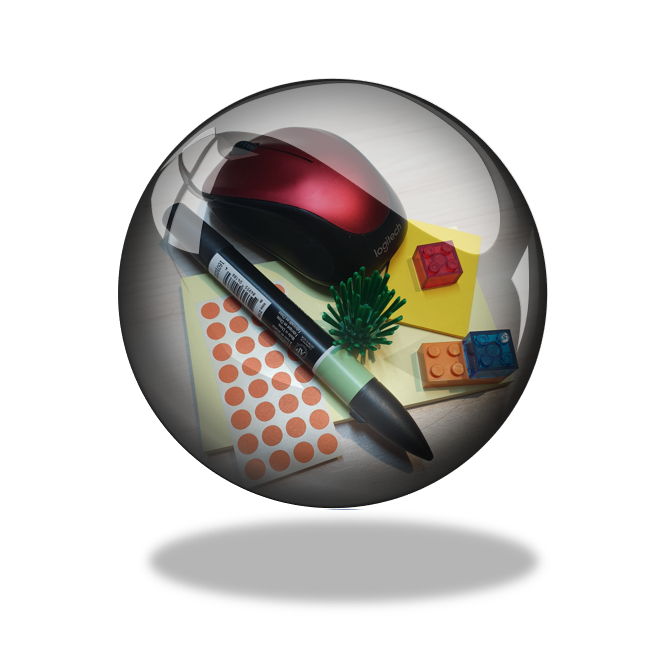

 Much of this change will need to be autonomous, self-directed. In part this is to avoid further overloading established leadership roles. But in bigger part, it will be because we will need to make these changes quickly and with direct understanding of the specific situation. Change leadership becomes everybody’s responsibility.
Much of this change will need to be autonomous, self-directed. In part this is to avoid further overloading established leadership roles. But in bigger part, it will be because we will need to make these changes quickly and with direct understanding of the specific situation. Change leadership becomes everybody’s responsibility. But how will they make decisions? Will they also get the thinking time necessary?
But how will they make decisions? Will they also get the thinking time necessary? Providing of course that the higher-level decisions are an exemplar of this approach.
Providing of course that the higher-level decisions are an exemplar of this approach. Over time we have developed and collated a wide range of practical resources to support this. We have made these resources freely available to all those seeking to better engage the hearts and minds of their people. And we have developed practical pathways for people to learn how to use them. Starting with easy intuitive tools and techniques, and building to more sophisticated ones. Basically, we have a tool for every situation, and every level of ability. We will provide links to explain these shortly, but first, there is a key point to make.
Over time we have developed and collated a wide range of practical resources to support this. We have made these resources freely available to all those seeking to better engage the hearts and minds of their people. And we have developed practical pathways for people to learn how to use them. Starting with easy intuitive tools and techniques, and building to more sophisticated ones. Basically, we have a tool for every situation, and every level of ability. We will provide links to explain these shortly, but first, there is a key point to make.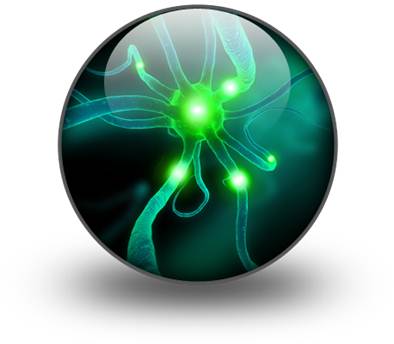
 I suspect you have heard the idea that the future is VUCA – a military acronym coined after 9/11 for volatile, uncertain, complex and ambiguous.
I suspect you have heard the idea that the future is VUCA – a military acronym coined after 9/11 for volatile, uncertain, complex and ambiguous.
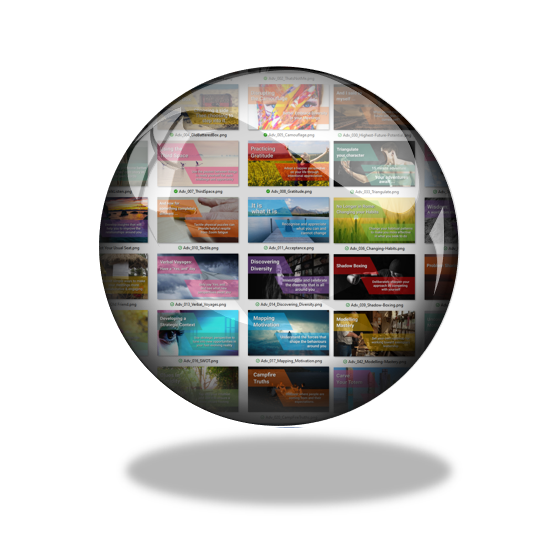

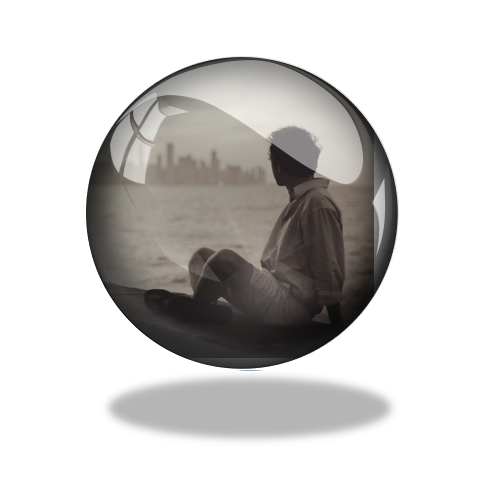



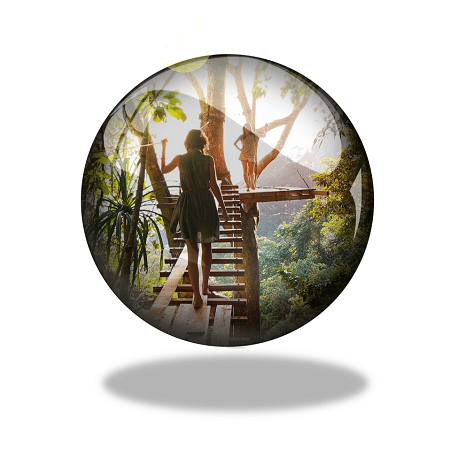

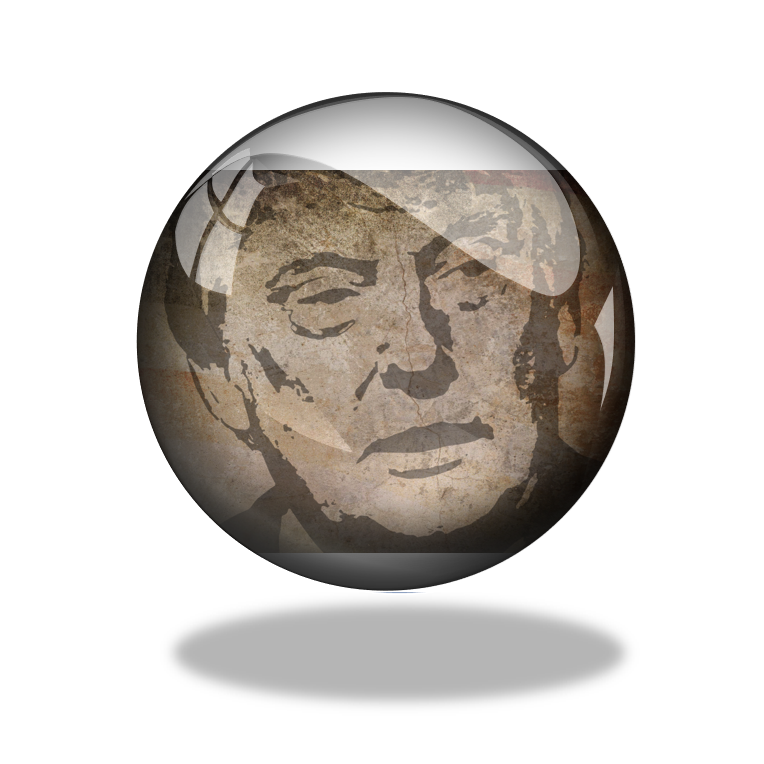

 Integrative Complexity is key to moving forward. If I cannot value ‘the other side’ as people … Or follow their logic and conclusions … And if I refuse to appreciate their perspectives … Then how do I understand and respect them?
Integrative Complexity is key to moving forward. If I cannot value ‘the other side’ as people … Or follow their logic and conclusions … And if I refuse to appreciate their perspectives … Then how do I understand and respect them?
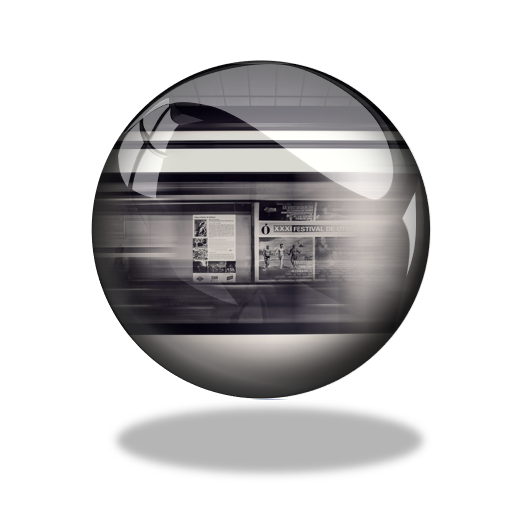

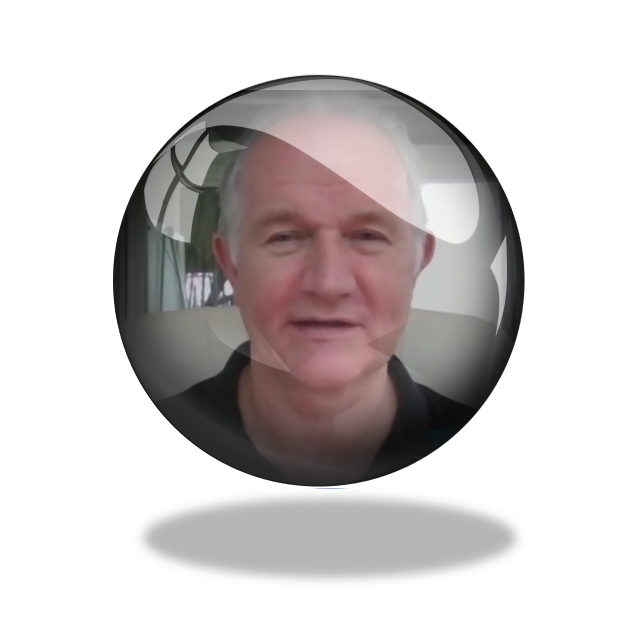


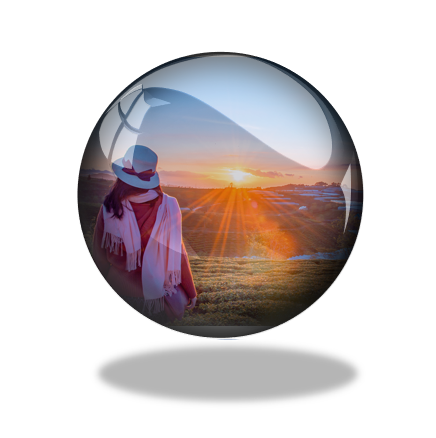

 Probably the most helpful definition of spirituality I have encountered came from an aboriginal Australian, Adrian Tucker, who describes it in the words on the right.
Probably the most helpful definition of spirituality I have encountered came from an aboriginal Australian, Adrian Tucker, who describes it in the words on the right. It is a form of truth beyond the rational, one that we can find in a song, a poem, a painting, a beautiful sunrise, or a smile. It makes our heart leap, our spirit soar, and gives us a new sense of being fully alive. And it enables us to be our best. To live up to our potential. To bless and inspire others. And to change the World.
It is a form of truth beyond the rational, one that we can find in a song, a poem, a painting, a beautiful sunrise, or a smile. It makes our heart leap, our spirit soar, and gives us a new sense of being fully alive. And it enables us to be our best. To live up to our potential. To bless and inspire others. And to change the World. It is about moving beyond the confines of our situation and tapping into things we do not fully understand. In doing so, it reshapes the world around us.
It is about moving beyond the confines of our situation and tapping into things we do not fully understand. In doing so, it reshapes the world around us. Science can partially describe and interpret how this happens, but it neither defines or constrains what it might ultimately prove to be. Equally religion may allow us to glimpse more of its character, but it is still ‘seeing through a glass darkly’ and, at a purely rational level is limited to the vocabulary we have available to us. But when we tap into this power, our own spirit experiences something beyond the language that we have to describe it, and we are uplifted and elevated by the experience.
Science can partially describe and interpret how this happens, but it neither defines or constrains what it might ultimately prove to be. Equally religion may allow us to glimpse more of its character, but it is still ‘seeing through a glass darkly’ and, at a purely rational level is limited to the vocabulary we have available to us. But when we tap into this power, our own spirit experiences something beyond the language that we have to describe it, and we are uplifted and elevated by the experience. For me, as a Christian, that experience I interpret as a connection with God. But the God I believe in fights (and dies) for free will, and therefore I vehemently uphold that everyone should be allowed to arrive at their own interpretation.
For me, as a Christian, that experience I interpret as a connection with God. But the God I believe in fights (and dies) for free will, and therefore I vehemently uphold that everyone should be allowed to arrive at their own interpretation.
 Why Pray?
Why Pray?